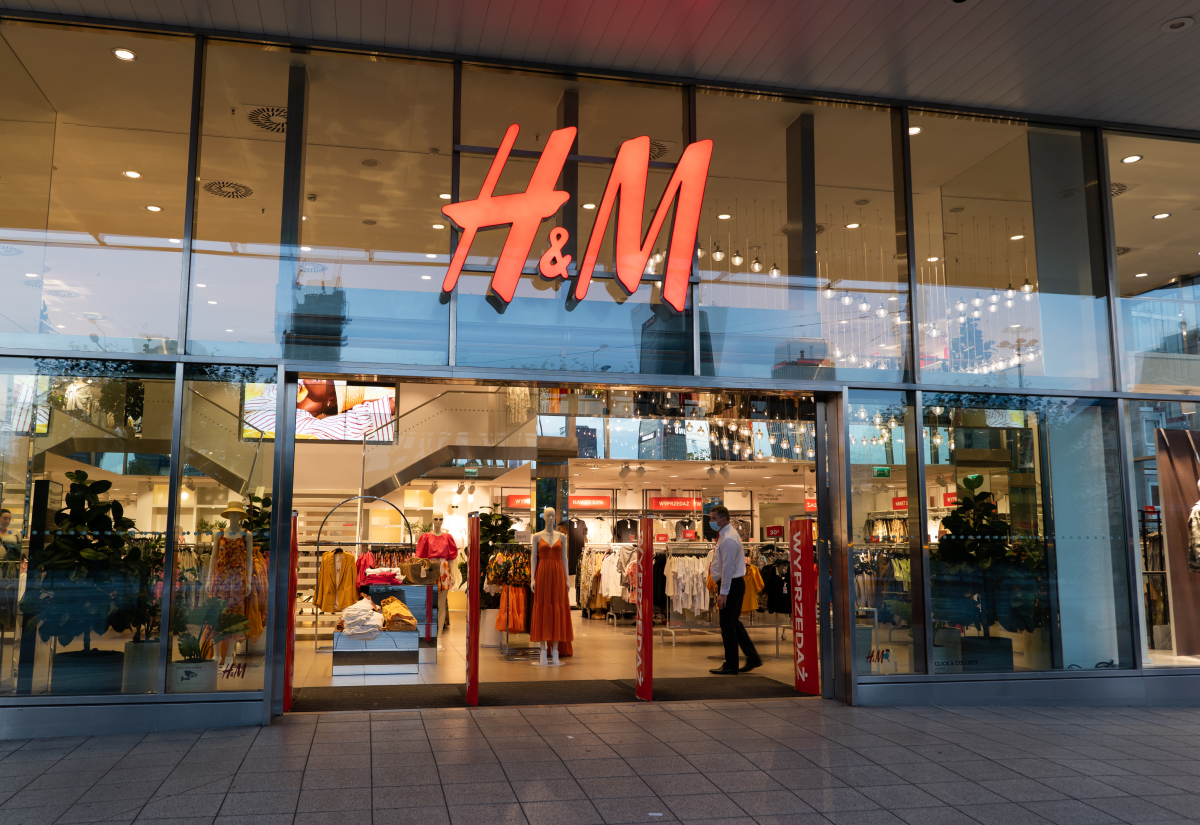Hey fashion lovers! Let’s dive into one of the hottest digital fashion trends shaking up the industry.
Picture this: you’re scrolling through your favorite online store, eyeing a cute summer dress, and suddenly realize—the model wearing it isn’t a person at all. Welcome to the future. H&M’s AI models are taking center stage, and it’s sparking a serious conversation about the direction of AI in fashion and what it means for real women.
The Rise of AI in Fashion
H&M is stepping into the digital era by working with tech companies to create AI-generated models —essentially ‘digital twins’ of real human models. These avatars will be featured in upcoming marketing campaigns, offering a streamlined and uniform look across their digital platforms.
Vogue Business+4Inc.+4Business Today+4Business Today
While this move is part of the growing wave of digital fashion trends, it’s also raising eyebrows. What happens to the authenticity and diversity that real models bring to the table? And how does this shift impact the people who make the fashion world come alive?
Real People, Real Concerns
The introduction of AI models doesn’t just represent a new visual tool—it could signal a significant shift in how fashion brands operate. Critics warn that this tech-forward approach may replace essential industry professionals like models, photographers, stylists, and makeup artists. Teen Vogue+3Business Today+3Vogue Business+3
Sara Ziff, founder of the Model Alliance, voiced her concern, explaining that AI in fashion “raises critical questions about consent and compensation” and could eliminate countless creative jobs. As we lean into the possibilities of AI-generated content, we also risk undermining the very people who give fashion its heartbeat.

The Power of Authenticity
Let’s not forget: fashion is personal. There’s a special kind of magic that happens when we see real people—of all sizes, skin tones, ages, and abilities—modeling clothing. It helps us feel seen and included. But with the rise of AI models, there’s growing concern that these computer-generated images will promote unattainable beauty standards and push consumers further away from authenticity. Teen Vogue
AI in fashion has the potential to distance us from the emotional connections we feel when we see real representation. If fashion becomes purely digital, it risks losing the human touch that makes it meaningful and relatable. Teen Vogue+1Business Today+1
Industry Reactions to Digital Fashion Trends
H&M isn’t the only brand experimenting with AI models. Levi’s and Mango have also explored this space, introducing AI-generated models to supplement—not replace—live photo shoots. While some companies emphasize that they’re not eliminating human talent, the trend suggests a possible future where virtual models become the norm. Vogue Business
And that has many people wondering: are we headed for a fashion world without real faces?
Merging Innovation with Humanity
There’s no denying the power of innovation. AI in fashion can offer efficiency, consistency, and endless creative potential. But as we embrace these digital fashion trends, we must also prioritize ethical responsibility, human connection, and inclusivity.
Fashion is more than images—it’s expression, identity, and culture. And while AI models can mimic appearances, they can’t replace the real stories, diversity, and emotions that come from human experience.
As consumers, we play a role in shaping the future of fashion. By supporting brands that remain transparent and people-focused, we can encourage a world where technology enhances creativity without replacing the people behind it.
So next time you see a model online, take a closer look—are they real? And more importantly, how does that image make you feel?
Let’s champion a future where AI in fashion complements human creativity, not replaces it—keeping the industry inclusive, authentic, and truly representative of us all.

